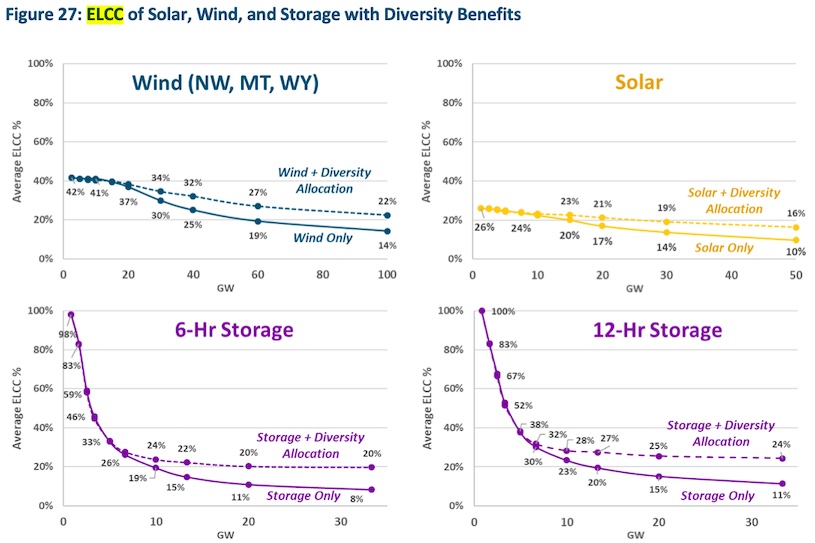forum
library
tutorial
contact

BPA Postpones Presentation on Potential
LSRD Output Replacement
by Dan Catchpole
Clearing Up, July 11, 2022
|
the film forum library tutorial contact |

|
BPA Postpones Presentation on Potential
by Dan Catchpole
|
Late on July 6, the Council cancelled the virtual meeting of July 7,
whose only agenda item was the presentation.
 A highly anticipated public presentation of a BPA-commissioned study on replacing the output from the four lower Snake River dams and other contributions to the power grid was unexpectedly cancelled on short notice.
A highly anticipated public presentation of a BPA-commissioned study on replacing the output from the four lower Snake River dams and other contributions to the power grid was unexpectedly cancelled on short notice.
The consultant that performed the study, Energy and Environmental Economics, was scheduled to share the results with the Northwest Power and Conservation Council on July 7. Late on July 6, the Council cancelled the virtual meeting, whose only agenda item was the presentation.
BPA and the Council agreed to reschedule the presentation to during the NWPCC's July 12 meeting in Spokane, Wash.
"E3's presentation to the Council on analysis of potential replacement resources and costs for the lower Snake River dams is being rescheduled," BPA spokesman Doug Johnson said on July 7. "We continue to coordinate with other federal agencies and officials on the broader release plan for the presentation and final study. We expect to have more information next week."
Johnson did not clarify which agencies and officials are coordinating with BPA. The White House Council on Environmental Quality held talks on the future of dams around the Northwest in 2021 and earlier this year.
The request to postpone came directly from BPA Administrator and CEO John Hairston, said NWPCC Executive Director Bill Edmonds.
"It was a reasonable request, so in consultation with [NWPCC] Chair [Guy] Norman, we've made the change," Edmonds said in an email.
Scheduling is usually done directly with whoever is coming to make a presentation, Council staff member Chad Madron said.
The late cancellation caught Council members by surprise.
"I'm eager to hear what E3 has to say," said Council member Jeff Allen, who represents Idaho.
Idaho Gov. Brad Little has publicly said the four dams provide too many benefits to the power grid, agriculture, transportation and recreation to remove.
"As a Council member, I follow my governor's lead," Allen said.
A draft report commissioned by two of Washington state's top elected officials -- Gov. Jay Inslee and Sen. Patty Murray (D-Wash.) -- said removing the dams is the best hope to save four Snake River salmonid species on the Endangered Species Act list. The report also said replacing the dams' contributions to the power grid would cost between $10.3 billion and $27.2 billion.
learn more on topics covered in the film
see the video
read the script
learn the songs
discussion forum
